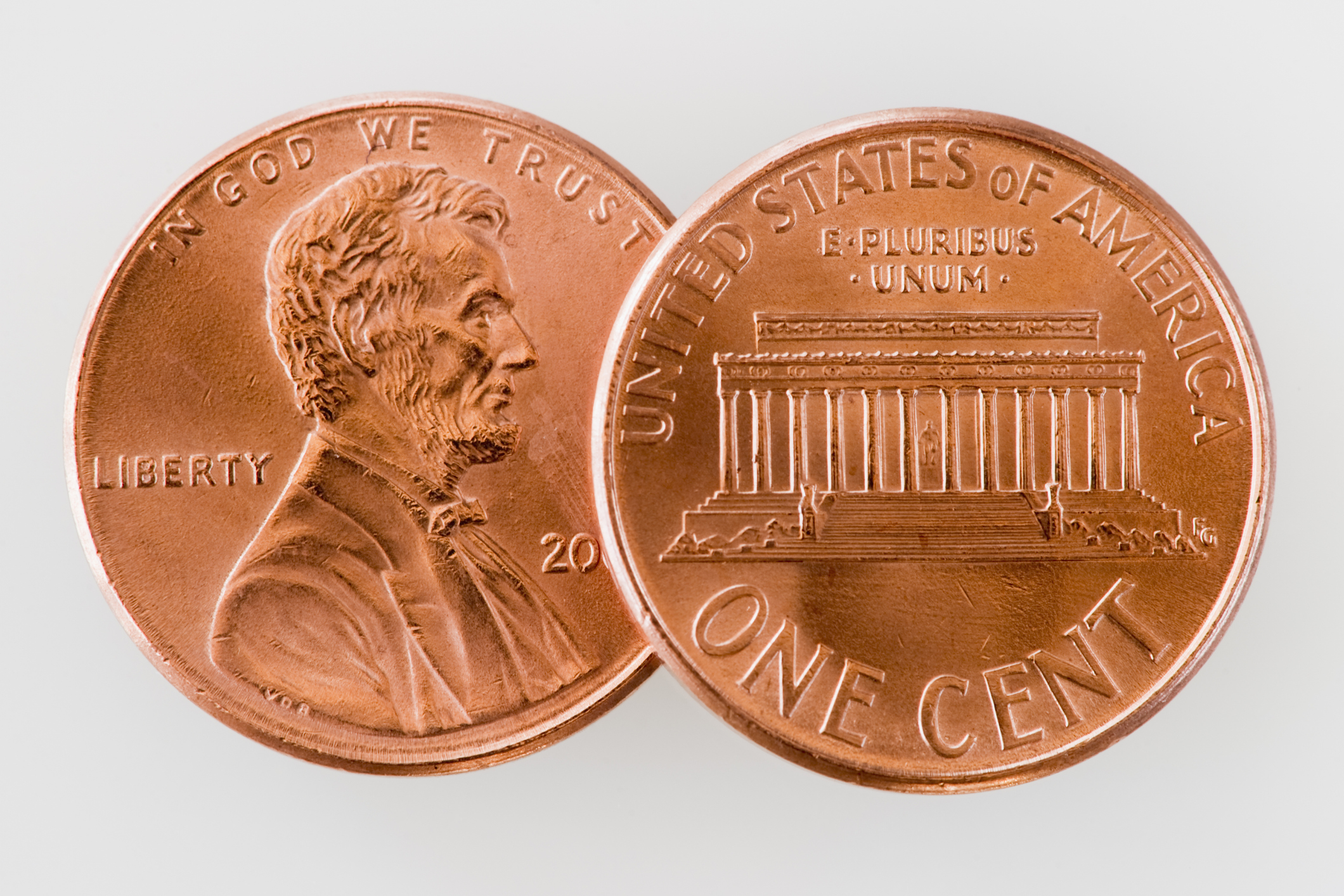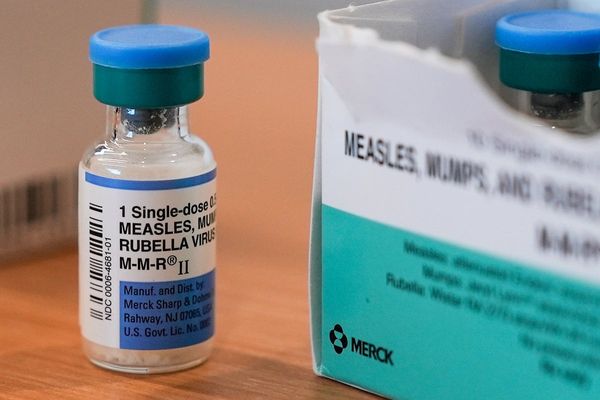
After nearly two centuries, the U.S. government is ending the production of the penny. The U.S. penny discontinuation means that, in time, these coins that you grew up with will no longer be in circulation.
For many Americans, the penny is more than just pocket change. It’s a nostalgic reminder of childhood piggy banks, exact-change and “a penny saved is a penny earned.” While often overlooked in daily life, the penny has been a constant in wallets, registers and charity jars for generations.
This change stands to impact everything from retail sales prices to coin collectors. And, with the penny taken out of production, a bit of U.S. history will be lost.
Reasons behind the U.S. penny discontinuation
High production costs are driving the decision to discontinue the penny. According to the United States Mint’s 2024 annual report, it costs 3.7 cents to manufacture a single penny, meaning the country is spending more on producing pennies than the coins are worth.
In February, President Donald Trump called for the Treasury Department to halt penny production. “For far too long the United States has minted pennies which literally cost us more than 2 cents. This is so wasteful!” Trump wrote on Truth Social. “I have instructed my secretary of the U.S. Treasury to stop producing new pennies.”
The Treasury Department has announced that it will stop manufacturing pennies, placing its last order for penny blanks in May. Those blanks, which are manufactured into pennies, will run out in early 2026, at which point penny production will cease.
High coin production costs have prompted several other countries to phase out their lowest-denomination coins.
Australia ended production of its 1 and 2 cent coins in 1992, and Canada followed suit by phasing out its penny in 2012. New Zealand eliminated its 1 and 2 cent coins in 1990 and later discontinued the 5 cent coin in 2006.
While production costs are cited as the main reason for discontinuing the penny, the United States is also shifting toward a cashless economy, reducing the demand for coins and cash.
According to Pew Research Center data, as of 2022, about 41% of Americans said they do not use cash for purchases in a typical week, up from 29% in 2018 and 24% in 2015. The trend suggests that consumers are increasingly turning to digital payments for everyday transactions.
The penny’s historical significance

According to the United States Mint, the penny was one of the first coins the Mint made after it was established in 1792. The original penny featured a woman with flowing hair, which was meant to symbolize liberty. That design continued on for more than 60 years, with the earliest pennies being made of pure copper and being larger than today’s coins.
In 1857, the penny was redesigned to be smaller and more practical for everyday use. The composition also changed from pure copper to an alloy of 88% copper and 12% nickel. This version featured a flying eagle on one side and a wreath on the other. In 1909, to mark the 100th anniversary of Abraham Lincoln’s birth, his likeness was added to the penny, making it the first U.S. coin to feature a real person.
What the U.S. penny discontinuation means for consumers and businesses
Pennies will remain legal tender, meaning they can still be used to make purchases. However, their availability will gradually decline as production ends and coins fall out of circulation. As that happens, many businesses will need to adopt cash transaction rounding, adjusting totals up or down to the nearest 5 cent increment for cash payments.
This process, sometimes referred to as “rounding at the register,” has already been implemented in countries like Canada and Australia following the removal of their lowest-denomination coins. Electronic transactions, such as credit or debit card payments, will continue to be processed to the exact cent.
The shift could also mark the end of familiar pricing strategies, such as $4.99 or $19.99. Without pennies, retailers may begin rounding prices to the nearest dollar for simplicity. Over time, consumers and businesses alike will need to adjust to a new norm where the smallest coin in circulation is the nickel.
What the U.S. penny discontinuation means for coin collectors
If you’ve been holding onto older or rare pennies for years, don’t count on the penny discontinuation to drive up rare coin prices. The eventual end of the penny might generate some interest in collecting these coins, but it’s unlikely to affect the value of newer pennies.
Collectors continue to focus on coins with historical significance, minting errors, or limited production runs, factors that make certain pennies truly rare and valuable. Modern pennies, particularly those produced in large quantities over the past few decades, are unlikely to see significant appreciation.
Although the total number of pennies in circulation will eventually decline, scarcity alone won’t drive up prices unless a coin already has collectible value. For most people, the end of the penny is more about nostalgia than profit.
What to do with your pennies
Since pennies remain legal tender, you can continue to use them for everyday purchases. If you have a stash of older coins, it may be worth taking a closer look to assess their potential value. Some rare or historically significant pennies could carry more value to collectors.
As pennies become less common over time, you might consider setting a few aside as keepsakes, especially if you’re the sentimental type. For those looking to lighten their coin jar, most local banks will still accept pennies for deposit or exchange, though some may require coins to be rolled in advance.
Whether you hold on to them or cash them in, your pennies still have purchasing power, at least for now.







